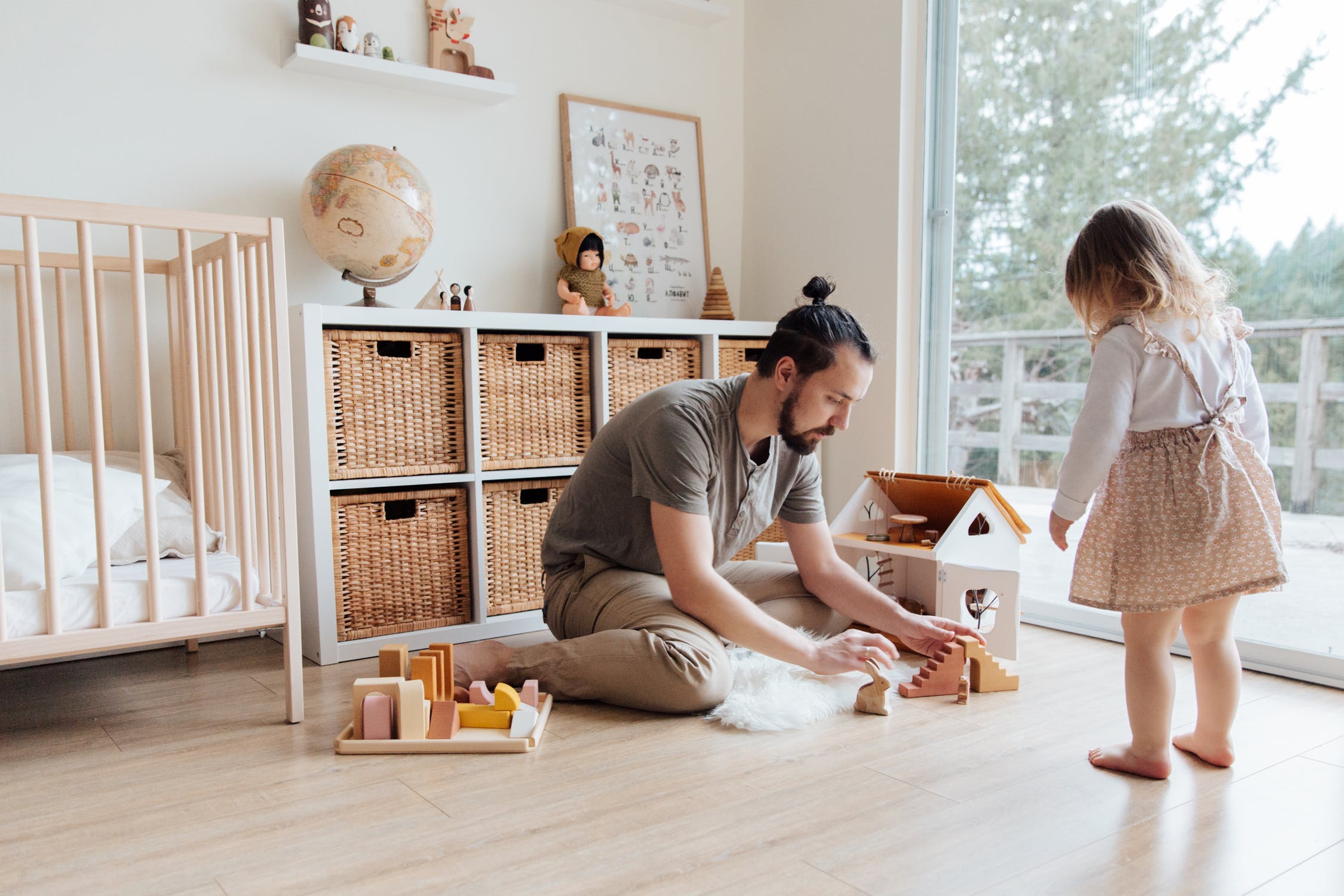
Discovering that someone you love is self-harming is frightening. It is also very confusing. As a parent, it is difficult to comprehend that no matter how much love you give to your child, it may not be enough to prevent him or her from hurting themselves.
Who self-harms?
Approximately 15% of young people self-harm. 34% begin between the ages of 17 and 20, although it can start as young as 12 or even younger. Self-harm is particularly associated with girls, but boys do it also.
Self-harmers typically look like the child who sits next to your child in math class, the popular teen who just became prom queen, or the star athlete. Many are perfectionistic, high achieving, and sensitive. Many self-harmers, on the outside, appear to have it all together. But on the inside, there is emotional unrest. Self-harm is defined as the compulsion to deliberately inflict physical pain on one’s self. Professionals also call this self-mutilation, cutting, and non-suicidal self-injury (NSSI).
Common methods are excessive scratching, scab picking, and burning. Many individuals engage in more extreme behaviors such as cutting or breaking bones. Sounds scary, I know. However, most experts agree that self-harm is not always associated with suicidal thoughts. Children who self-harm don’t necessarily want to die. Rather, they just want the pain to end.
What causes self-harm?
For many parents, it is difficult to imagine why anyone would intentionally harm themselves. Young people are faced with a host of physical and emotional changes as well as external pressures such as academic, and social demands. Fear, hopelessness, and shame are just a few emotions that can drive one to self-harm.
Self-harm is a symptom of a larger problem, as well as a method for relieving extreme stress and overwhelming emotions. A young person who has difficulty expressing negative emotions could turn to extraordinary methods such as self-harm as an outlet. Studies show that self-harming releases endorphins in the brain that reduces tension and can result in a sense of calm. Simply put, the physical pain that results from self-harm alleviates the unbearable emotional pain. Self-harming offers your child the illusion that they are in control over their life circumstances. As a parent, you may not be able to stop their pain, but there are ways to help.
What should parents be aware of?
- Warning signs: Self-harm is difficult to detect because it is primarily done in secret. Individuals hide it because they feel that no one could possibly understand. Signs to look for in your child include increased sad mood, withdrawal from friends and activities, and spending long periods of time alone. Also, notice if your child wears long sleeves and jackets in very warm weather. When you first discover it, it is natural to be shocked, worried, and even angry. Avoid barraging them with questions they may not know how to answer. Reassure him or her that you are there to help. Your child may even feel a sense of relief that the secret is finally out.
- Talk about difficult topics. Major life transitions such as divorce, financial pressures, and death can take a toll on the entire family but may cause additional stress for children. It’s easy for us as parents to focus on managing the day to day activities and lose sight of our children’s emotional needs. Children worry and suffer too. They don’t always have the ability to articulate their emotions effectively. Encourage emotional expression and help your child to better understand his or her triggers by periodically checking in particularly in the days leading to an upcoming event: “Hey, I know that big final (or dance) is coming up, how are you feeling about it?”
- Temporary relief: My clients often share that when they self-harm, the pressure of bottled up emotions is suddenly gone. When talking to your child, it is important to note that the stress only goes away for a few hours or a few days. While there is temporary relief from the symptomsof the problem, the underlying core issue has not been resolved. Therefore, whenever pressures begin to resurface, the urge to cut returns. Professional help will enable your child learn effective coping strategies that will provide longer term relief.
- Quitting is not easy. Some young people quit on their own, but many do not. Self-harm is a form of addiction and being unsuccessful at quitting can lead to feelings of discouragement and shame which can kick the self-destructive cycle back into gear. Celebrate your child’s decision to quit. As a parent, you will desperately wish for things to be different. Know that your child has that same desire. However, the healing process will take time. Expect setbacks and inform your child that you are there and that you love them regardless.
- Art of distraction. Parents cannot force a child to quit, but they can help provide healthy outlets. Ask your child what they believe that they need. Do they need to talk? Reduce a heavy academic load? Switch to another (less stressful) extracurricular activity? Studies show that many forms of exercise can minimize anxious and depressive feelings. In addition to physical activity, watching a funny movie, drawing, taking a bubble bath, or listening to soothing music are helpful distractions. Additionally, writing about feelings in a journal or talking to a trusted friend can do wonders for dissipating stress.
- Find the right professional. If you notice signs of self-harm, immediately consult a counseling professional that has experience and training in this area. Don’t be surprised if it takes several sessions to notice improvements. If your child is already seeing a professional for a while but the self-harm continues, it is probably time to find someone new. You and your child can love a therapist, but perhaps additional interventions are needed. Effective strategies vary depending on the professional. Some techniques help your child understand the root causes of the self-harm. Alternatively, other interventions focus on behavior change or understanding their reactions to events that trigger the need to self-injure.
If someone you love is self-harming, know that you alone cannot fix it. You can simply be a loving presence and point them towards help. Stay encouraged and don’t give up! Expect that it may take several months—or longer—before your child eventually heals. The good news is that many children outgrow this. With good professional care, your child can learn more healthy ways to cope with pain.




